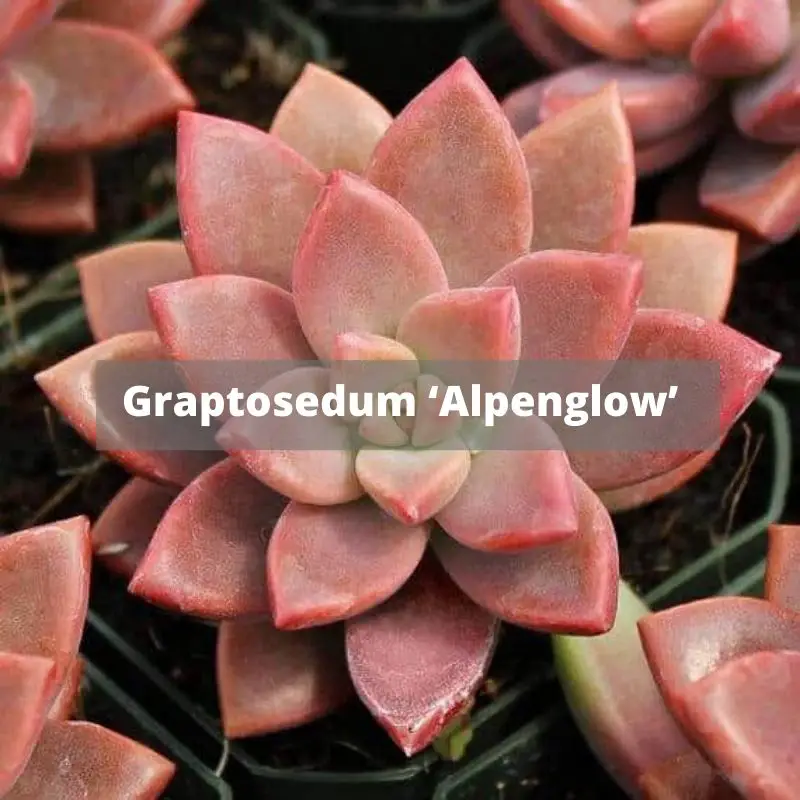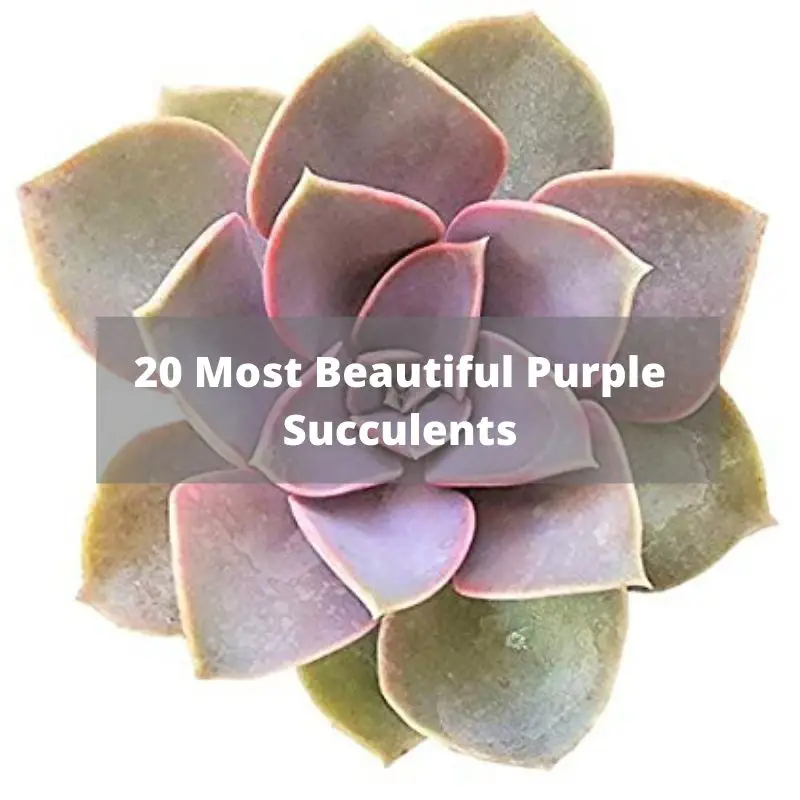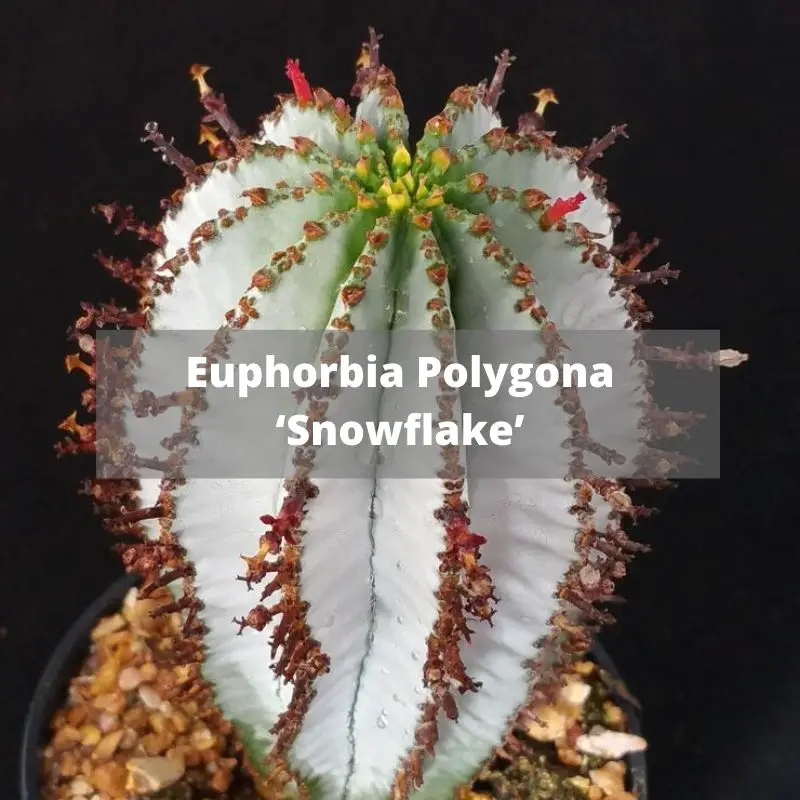There are many types of succulents, varying in color, hardiness zone, appearance and the ability to withstand cold or hot temperatures. To enable your succulents to grow, thrive and survive, you need to follow up with optimal temperatures concerning changing seasons. Succulents are fairly easy to take care of, as long as you can provide the plants with optimal temperature. Whether you are keeping your succulents indoors in flower pots or outdoors in your garden, you need to find the perfect temperature for succulents to allow your plants to thrive and look their best.
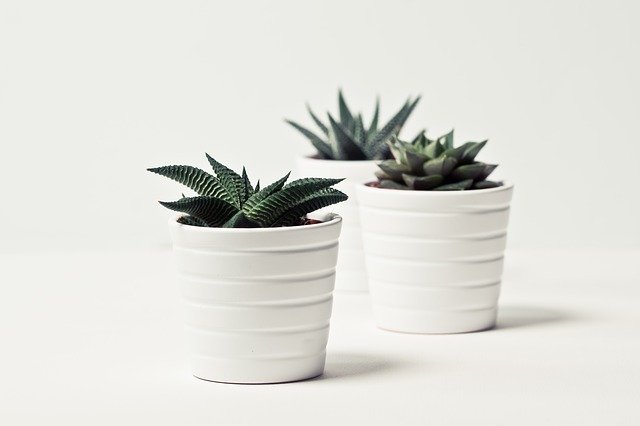
Picture via Pixabay
What is the Optimal Temperature for Succulents?
Although there are many types of succulents, including various types of cacti that fall under this category, there is a standard range of the perfect temperature for succulents in which your plants will thrive and grow to become a healthy part of your indoors or outdoors garden. The perfect temperature range for succulents, in general, goes from 60 to 80 degrees Fahrenheit. This range represents the optimal temperature in which succulents’ growth won’t be jeopardized, while the plant should remain healthy.
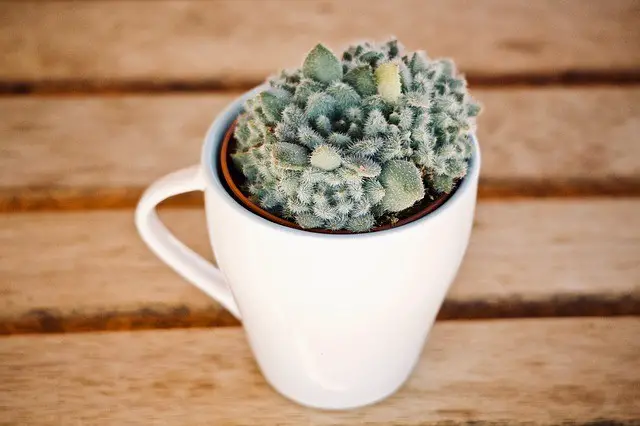
Picture via Pixabay
What is the Lowest Temperature for Succulents?
The lowest temperature in which succulents can still survive is around 40 degrees Fahrenheit. In case the temperatures are lower than 40 degrees and going towards 30 degrees Fahrenheit, the succulents may freeze and die off. the freezing point for most types of succulents is 32 degrees Fahrenheit. Some gardeners use low temperatures to change the color of their succulents, as the stress from cold can emphasize the deep colors, making the succulents look attractive. This color manipulation is not recommended for an extended period as the succulent may die out in case it reaches the freezing point.
This is the most STRANGEST looking succulent that you can find!
What is the Highest Temperature for Succulents?
The highest tempature for succulents is around maximum of 90 degrees Fahrenheit, providing these plants with a flattering reputation of high-level perseverance. This is probably why you can find succulents in almost every garden and in almost any home that appreciates the beauty of these attractive plants, The highest temperature for succulents shouldn’t go above 90 degrees Fahrenheit as the plant may suffer and die out.
High temperatures are sometimes used for color manipulations, as well as cold temperatures, while succulents with soft hardiness zone have accentuated deep colors if exposed to a temperature of 90 degrees Fahrenheit. Exposing the plant in order to change its colors with the help of high temperatures is not especially recommended for gardeners with little or no experience in growing succulents.
How to Regulate Temperature for Succulents Outdoors?
In cases where you can note that the temperature for succulents is not optimal, there are several things you can do for the strains that are kept outdoors in your garden. In cases of extreme cold and temperatures falling below the optimal 40 degrees Fahrenheit, you can cover the outdoor succulents with a cloth to keep them warm until the temperature rises above the optimal level.
If the succulent is exposed to extremely low temperatures, the plant will freeze. You can also transfer the outdoor succulents in flower pots and bring them inside during the winter period so you could keep the plants growing and thriving. The lowest temperature for succulents shouldn’t go below 40 degrees Fahrenheit as the plant may arrive at the freezing point. Once you begin to notice crystals of ice forming on leaves and other parts of the plant.
Some succulents may survive even at lower temperatures as long as the soil is kept dry during the wintertime. If you don’t have the perfect soil mixture for your succulent, here you can learn how to prepare a well draining succulent soil by yourself! In case the temperature for succulents kept outdoors reaches 90 degrees or break this point, you should likewise protect the plant by moving the succulents to a shady spot. You can also transfer the succulents to pots and keep them indoors in case you can’t protect them from high temperatures and the boiling sun. In case succulents are exposed and suffering from extremely hot temperatures, you will notice damage in the form of sunburns on leaves and roots.
How to Regulate Temperature for Succulents Indoors?
Temperature for succulents is easier to be kept at an optimal level when the plant is kept indoors and in flower pots, as you don’t need to provide the cover and protection from freezing or steaming hot temperatures. Make sure that these plants are not directly exposed to sunlight during summer as the plant may end up with sunburns, which will prevent the succulent from thriving.
That means that you should keep the succulents far from the window and out of direct exposure to the sun. During winter, indoor arrangements are perfect for the plant as temperature for succulents won’t go below the optimal low level of 40 degrees Fahrenheit, allowing the plants to thrive.
In general, taking care of temperature for succulents kept indoors is perhaps easier since you don’t need to move your plants due to temperature fluctuations and changing seasons. However, you should note that succulents enjoy temperature differences between daytime and nighttime, as cold nights make up for an important part of growth for these plants.
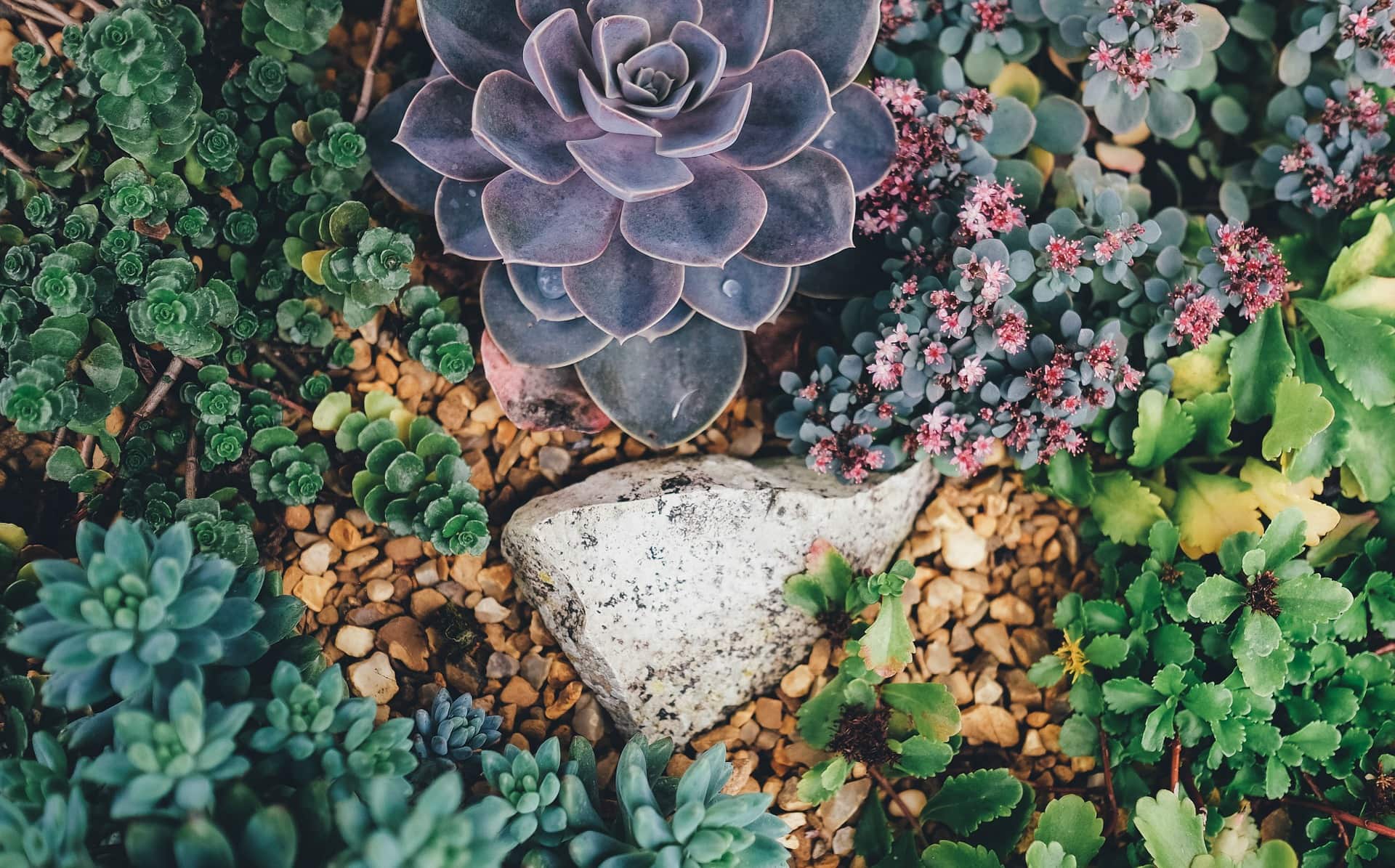
Picture via Pixabay
Hardiness Zone Guide: Temperature for Succulents of Different Types
The US Department of Agriculture created a guide for different types of succulents, providing information for minimal winter temperatures in which these plants may or may not continue to thrive. This guide is called the hardiness zone, determining the ability of succulents to thrive and grow in 13 different temperature zones based on the hardiness level.
According to the guide, level 1 represents the coldest zone and level 13 stands for the warmest temperature zone. The temperature difference between each zone is set at 10 degrees Fahrenheit. Based on the type of succulents you are growing in your garden or planted in pots and kept indoors, you can determine the lowest and highest winter temperature for succulents so that your plant would continue to thrive during the change of seasons.
Other countries have also adopted the hardiness zone guide, so you may successfully determine the optimal temperature for succulents you are growing by finding out the hardiness zone of the plant.



